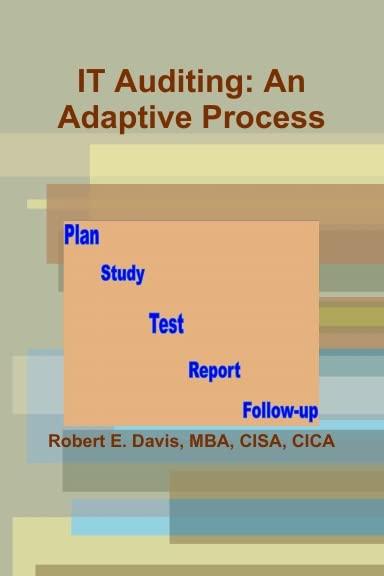Its all about Enterpreneurship

\begin{tabular}{l|l} conhiontsytaces when crowsing cultures? \\ A. Physcal oppearance \end{tabular} B.) Education b.) Religion. E.) Soclal structure the followine thows the factors? A.) Technical, social, economic, politica B.) Social, caplal, political, technical b.) tand, technical, political, economic E.) Entrepreneurs, capital, social, political 2.) Entrepreneur's refers to the conviction that one can successfully perform the behavior wanted; people who believe they have the copocity to perform tend to pedorm 7.) Which of the following are the intellectual property rights well, (FIt in the blanik). A.) Self-actualization B.) Self-depreciation that shows the B.) Self-depreciation C.) Seff-fulfillment D.) Self-efficacy E.) Self-esteem A.) Trademarks B.) Trade secrets D.) Copy rights E.) Legal disclaimers 3.) The entrepreneur can use several methods to help 8.) Which of the following does not show the characterustec ct entrepreneurs? A.) Innovators B.) Resources al D.) Pessimistic about the future E.) Have tolerance for uncertainty E.) Business model 12.) Which of the following is not on odvantoge comes from being first in the market? A.) First movers are better positioned to satisfy customers B.) First movers gain expertise through participation c.) First movers develop a cost advantage D.) First movers are able to hire Professional management E.) First movers face less competitive rivalry 12.) A highly skilled workforce represents an important resource, but the impact of this resource on performance is enlorged when it is combined with an organizational culture that develops communication, teamwork, and innovativeness. What would a company benefit from this situation? 13.) Which of the following is not the leadership characteristics of corporate entrepreneurs? A.) Understands the environment B.) Builds a coalition of supporters C.) Encourages team work D.) Encourages inflexibility E.) Encourages open discussion 14.) Howard Stevenson, a professor at Harvard University, believes that entrepreneurship represents a mode of managing an existing firm that is different from troditionally managed firms. Which of the following does not represent the different characteristics of entrepreneurial mnagement? A.) Control of resources B.) Higher uncertainty avoidance C.) Commitment to opportunity D.) Growth orientation E.) Entrepreneurial culture 15.) A new entry involves lots of risks and uncertainties for the entrepreneur. Strategies can be used to reduce uncertainties and thereby reduce the risk of downside loss. Which of the following shows the necessary strategies? A.) Market scope and imitation B.) Defensive and intensive strategies C.) Faise strategy D.) Functional strategy E.) Merger and acquisition 16.) Entrepreneurs get some ideas when starting new ventures. Which of the following is not a source of ideas for entrepreneurs? A.) Consumers B.) Government C.) Distribution channels D.) Existing product and services E.) Research and development 17.) means that some entrepreneurs make "do by applying combinations of the resources at hand to new problems and opportunities? A.) Bricolage B.) Thinking structurally C.) Effectuation D.) Cognitive ability E.) Meta-cognition 18.) "Gathering competitive information legally is so easy to accomplish, unless the entrepreneur takes the proper precautions/protections" Entrepreneurship should pay attention to some of following ideas except: A.) Avoid faxing and e-mailing any sensitive information B.) Keep important travel plans secret C.) Use simple security such as password on computers D.) Make significant efforts on educating their target market E.) Avold discussing business in public places 19.) consist of the following 4 key elements: new business venturing, innovativeness, self-renewal, and proactiveness. (Fill in the blank) A.) Strategic orientation B.) Contemporary political systems C.) Managerial techniques D.) Traditional management behaviors E.) Entrepreneurial endeavors/works 20.) Neo-classical models explain relationship between production and consumption system. What are the assumptions of neo-classical model? A.) Invisible hand, market equilibrium, production B.) Market equilibrium, stable preferences, maximizing behavior C.) Capital market, stable preferences, maximizing behavior D.) Market equilibrium, economy of scale, opportunity cost E.) Bank rate, market equilibrium, production











